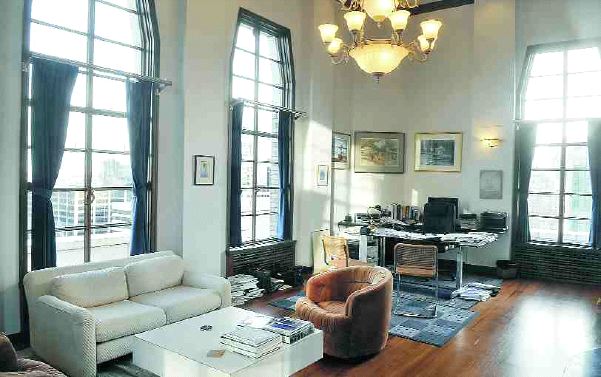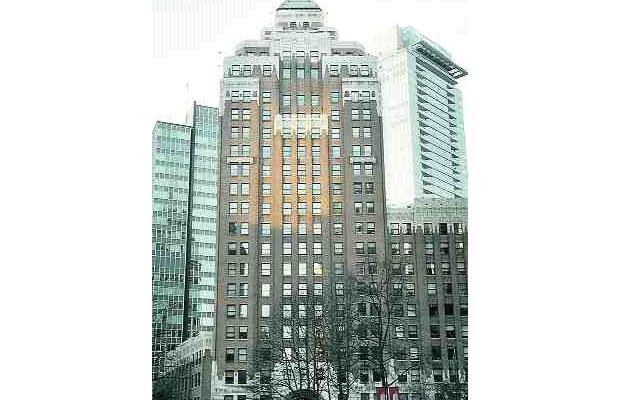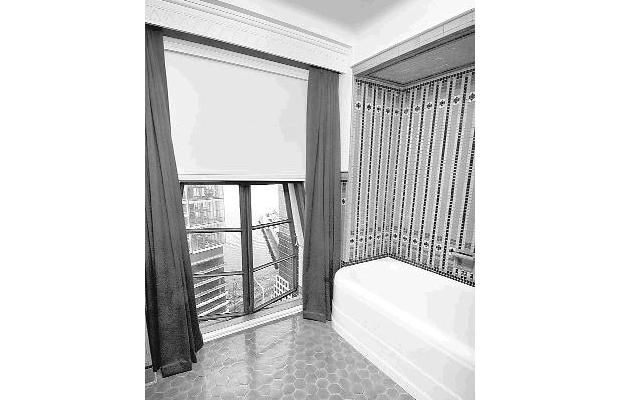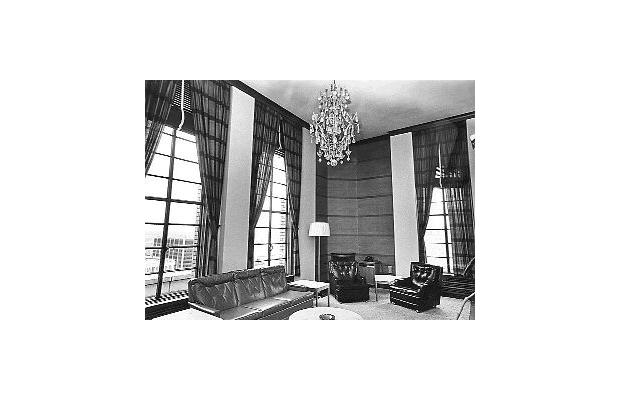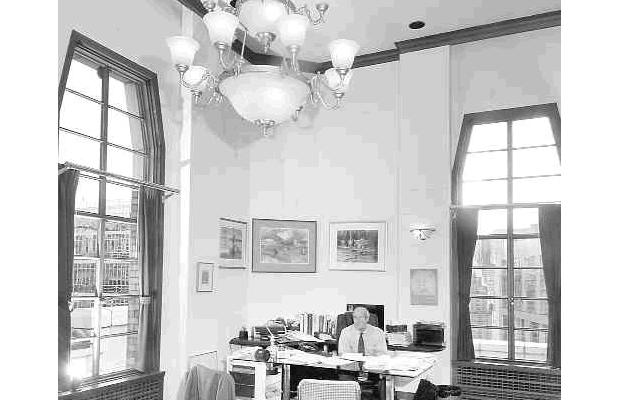Brad Heath
USA Today

A sign hangs outside of a foreclosed home on Nov. 13 in North Las Vegas, Nevada. A USA TODAY analysis of a report by RealtyTrac shows most of the 35 counties leading the foreclosure boom are clustered in places such as Southern California, Las Vegas, Phoenix, South Florida and Washington, where home values shot up dramatically in the first half of the decade, then began to crumble. File photo by Ethan Miller, Getty Images
WASHINGTON — More than half of the nation’s foreclosures last year took place in 35 counties, a sign that the financial crisis devastating the national economy may have begun with collapsing home loans in only a few corners of the country.
Those counties, spread over a dozen states, accounted for more than 1.5 million foreclosure actions last year, a USA TODAY analysis of figures compiled by the real estate listing firm RealtyTrac shows — more than were recorded in the entire United States just two years earlier. They were the epicenter of a wave of foreclosures that have left leading banks teetering and magnified the nation’s economic problems.
“This crisis was triggered by foreclosures, and a lot of those were in a very small number of areas,” says William Lucy, a University of Virginia professor who has studied the link between lenders and faltering home loans. Banks spread the risk and “it became like a car with no reverse gear. Once it starts to go over the cliff, it’s gone.”
In other parts of the country, the foreclosure wave was barely a ripple — at least until it started swamping major banks that had invested heavily in mortgages. Banking giant Wachovia Corp., for example, was hammered after California and Florida customers of one mortgage firm it bought began defaulting at high rates. The risks of such lending were spread so broadly among financial institutions that, when the loans went bad, it drove the national credit crisis, says Christopher Mayer, who studies real estate at Columbia Business School.
A few of the 35 counties leading the foreclosure boom are in already-distressed areas around Detroit and Cleveland. But most are clustered in places such as Southern California, Las Vegas, Phoenix, South Florida and Washington, where home values shot up dramatically in the first half of the decade, then began to crumble.
RealtyTrac’s counts of foreclosure actions include default notices, auctions and repossessions by lenders, and can sometimes count the same property twice. As a result, they tend to be higher than estimates from other tracking firms. But they remain one of the best geographic measures of the nation’s housing collapse.
The Obama administration on Wednesday detailed a $75 billion plan to keep more homeowners from slipping into foreclosure by helping them refinance loans or reduce their monthly payments. But that effort could face political challenges because most of the foreclosure problem has been so concentrated in a few areas, says Brookings Institution researcher Alan Mallach.
The worst-hit counties are home to about 20% of U.S. households, but accounted for just over 50% of the nation’s foreclosure actions last year, driving most of the national increase. And even among those places, a few stand out: Eight counties in Arizona, California, Florida and Nevada were the source of about a quarter of the nation’s foreclosures last year.
In more than 650 other counties — about a fifth of the nation — the number of foreclosure actions actually dropped since 2006.

